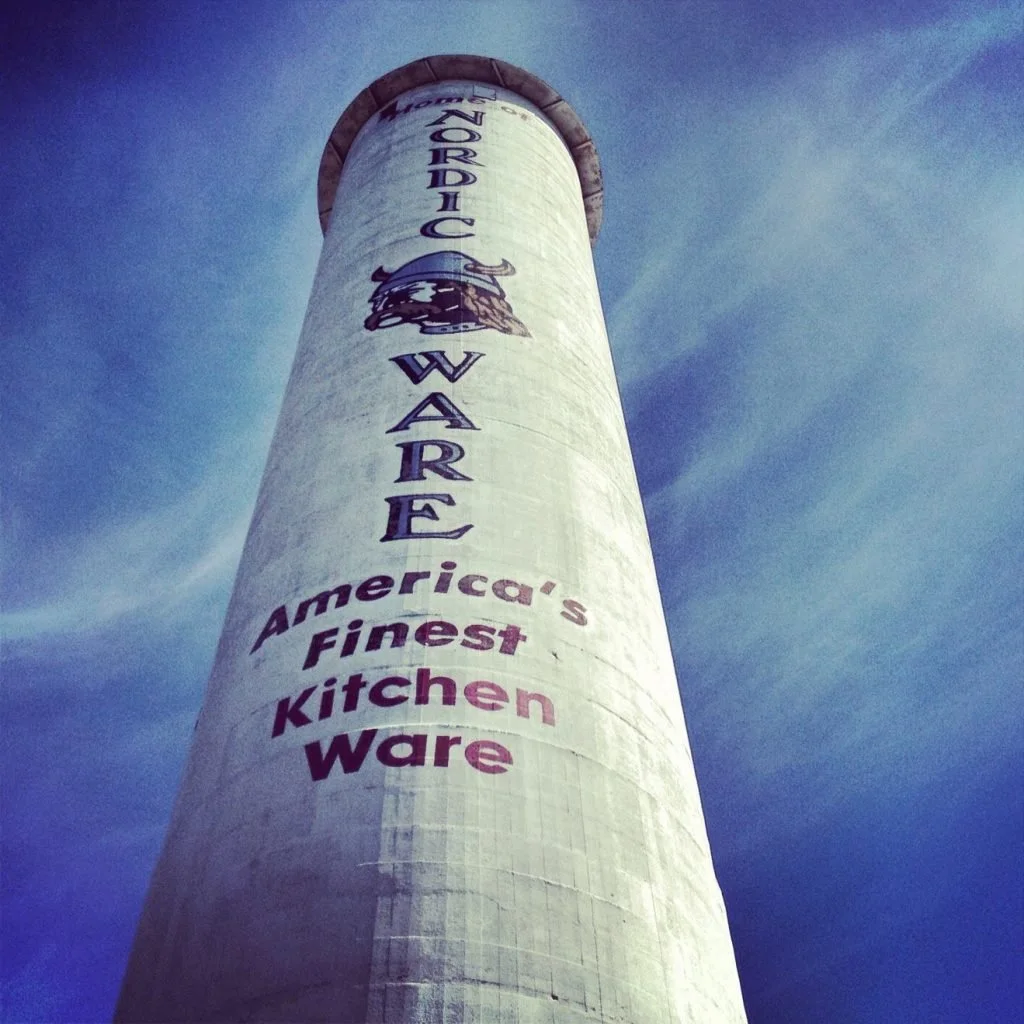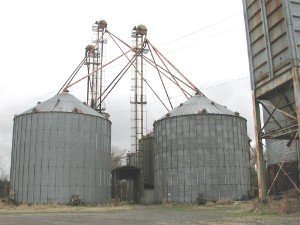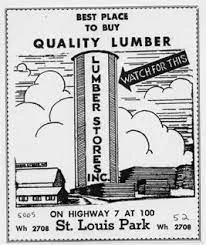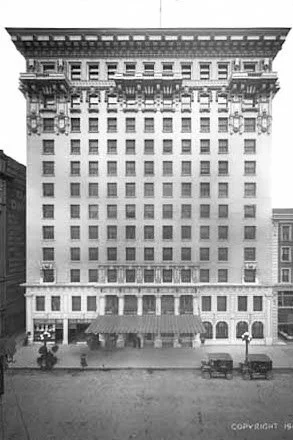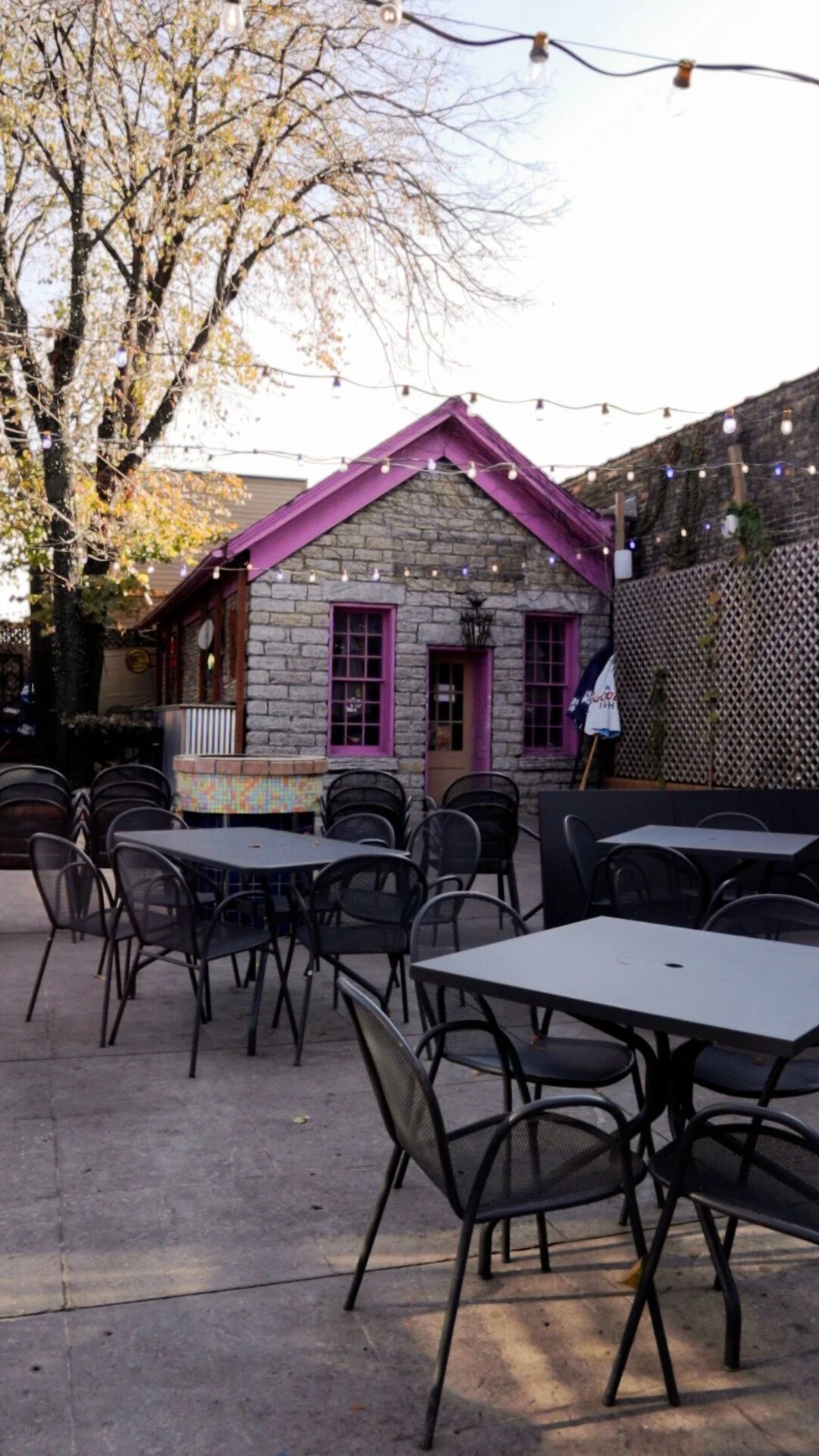Nordic Where?
If you are driving anywhere near the intersection of Highway 100 and Highway 7 in Saint Louis Park, you’ve seen the tall tower emblazoned with the Nordic Ware name and Viking logo. I always assumed that the concrete structure was a smokestack, water tower or chimney of some sort related to the Nordic Ware factory. I was surprised to learn that it’s not only a grain elevator, but a historical landmark AND a marvel of engineering!
Evolution of the Elevator
Anyone who has spent any time in Minneapolis knows that its history is heavily linked to the grain industry. The rushing waters of St. Anthony Falls powered the grain mills that lined the shores of the Mississippi River. Those hundreds of mills couldn’t keep up with the pace of grain arriving from farms throughout the state. Before it could get milled into flour (or brewed into beer) it had to be stored. Enter the Grain Elevator.
I have always been slightly mystified by the grain elevators that dot the rural landscape of my home state of Iowa and throughout the midwest. They always reminded me of the board game “Mouse Trap” with their chutes, towers, gangways, tunnels, and railroad connections. I never knew that these complicated structures demonstrate the evolution of centuries of innovation.
Early grain elevators were simple wooden warehouses that relied on teams of laborers using brute strength to move endless sacks of grain from one place to another. This backbreaking work was slow and held up trucks, trains, and boats as they waited impatiently to be unloaded.
Steam power replaced the manual labor in 1843 and the ability of grain elevators to store larger quantities of grain skyrocketed. Unfortunately, the larger and larger wooden structures also faced larger and larger problems. Wooden buildings were vulnerable to fire, so many elevators created super-strict rules about smoking or open flames. Volatile grain dust, ignited by a single spark, was also a constant worry. Since many grain elevators were built next to railroad tracks for easy unloading, spark-spewing engines were a serious threat. Finally, the storage bins were easily invaded by insects and rodents looking for an easy meal. Insurance rates, necessary to protect the value of the crops in storage, increased exponentially year after year.
The Elevator King
Frank Peavey had moved to Minnesota as a young man and by the 1880s was known as the “Elevator King”, owning hundreds of grain elevators throughout Minnesota, Iowa and the Dakotas. Peavey continued to modernize his elevators adding belt conveyors to the Interior Elevator in Saint Louis Park bring the capacity of the elevator to over 1,000,000 bushels of grain. Insurance costs went through the roof. Seeking a fireproof alternative for his elevators, Peavey partnered with a civil engineer, Charles F. Haglin, to experiment with reinforced concrete.
Haglin was already a well-established architect and builder in the Twin Cities. He had built the Orpheum Theater, the Grain Exchange Building, Minneapolis City Hall and Court House, and mansions for numerous business luminaries of the era. But when Peavey and Haglin started construction on their first concrete elevator, it was nicknamed “Peavey’s Folly” because other engineers were certain that it would either explode when filled or crack when emptied. In October of 1899, they had built the concrete silo to a height of about 65 feet and filled it with grain. They left it for the winter to see how the system affected the grain and how well it held up against Minnesota’s harsh temperatures.
In the Spring of 1900, a small crowd gathered at a cautious distance to watch as Frank H. Peavey pulled the lever that would allow the grain to pour out. They held their breath…and nothing happened. The grain flowed out, unaffected by the cold, and the concrete tower remained intact. Peavey and Haglin continued to experiment, raising the height of the concrete silo to 125 feet. In the photo below, you can see the line where the first concrete pour ended and the newer, darker concrete begins.
Excited by their new discovery, Peavey and Haglin turned their attention to Duluth where they built an enormous, first of its kind, grain elevator in the Duluth Harbor with 50 concrete silos that held a record-breaking 3.5 million bushels of grain. In addition to the innovative use of concrete, they also were innovative in their use of space. The grain was not only kept in the tubular areas of each silo, but also in the star-shaped spaces between them. Every available space that was not concrete could be used to store more grain.
The Test Grain Elevator in Saint Louis Park was abandoned and never filled with grain again, but it stood proudly next to the Interior Elevator and as it changed hands through the years.
Before the Bundt
In the 1950s the elevator fell under the ownership of Lumber Stores, Inc. and was painted with their name. Nordic Ware expanded their business and bought the land shortly after. In 1969 Nordic Ware discovered that the elevator was deteriorating and in danger of collapsing. When they became aware of the silo’s history and importance, they invested $40,000 in a restoration project, including the addition of the Nordic Ware logo it still bears.
On December 19, 1978, the silo was added to the National Register of Historic Places.
Sadly, Frank H. Peavey died suddenly less than one year after his industry-changing discovery. His death was a huge blow to the Twin Cities and to the international grain industry. His obituary was featured very prominently in every newspaper.
At the time of his death, the “PV” logo was recognized worldwide. He oversaw the largest network of grain elevators in the world and also had the largest life insurance policy ever sold (at the time). Today, the Peavey name isn’t as familiar as it once was. The Peavey Company was absorbed by ConAgra in 1982. But if you live in Minneapolis, or have visited downtown, you’ve certainly heard the name.
Let me know in the comments if you can guess where our historical discoveries will take us next!

